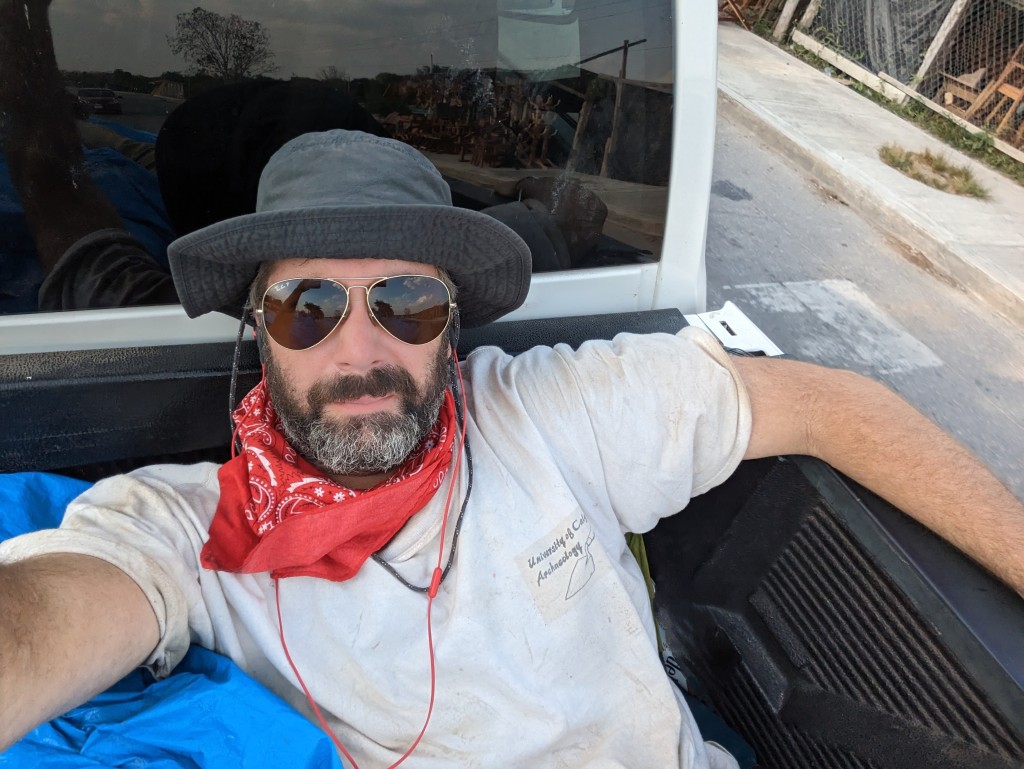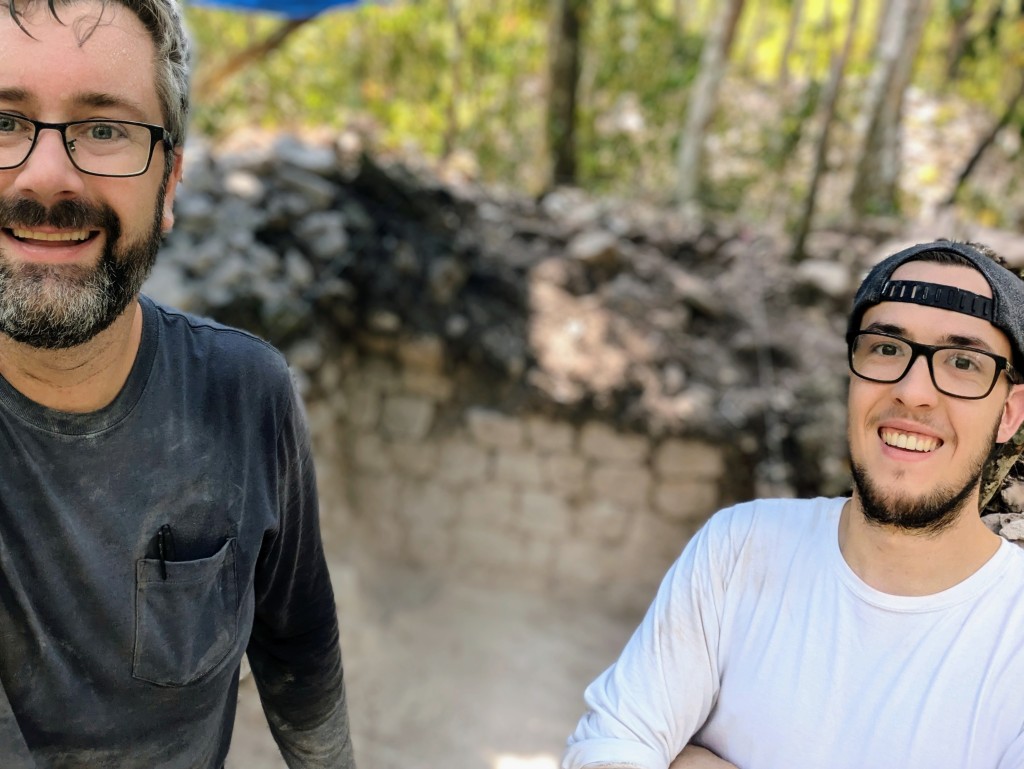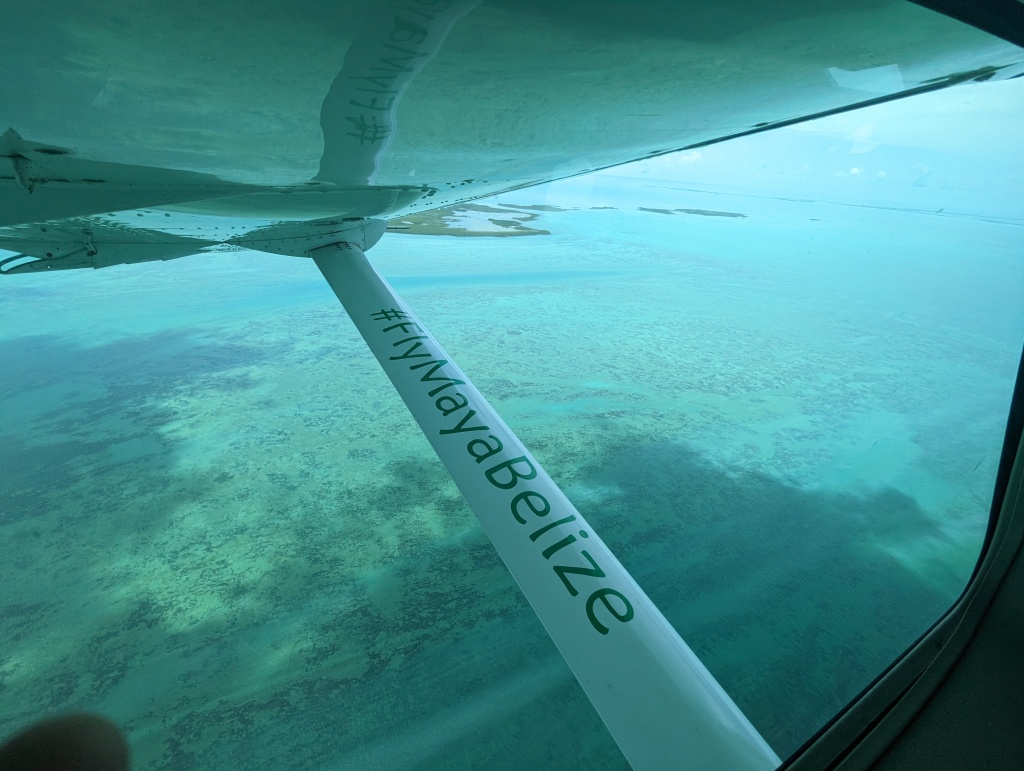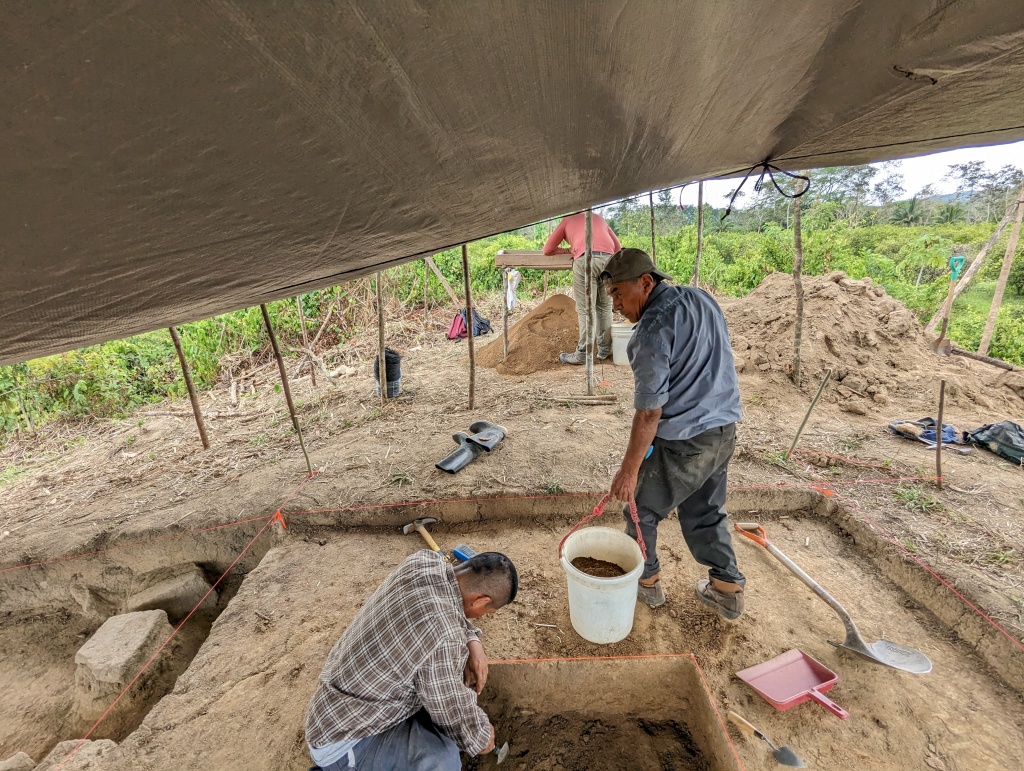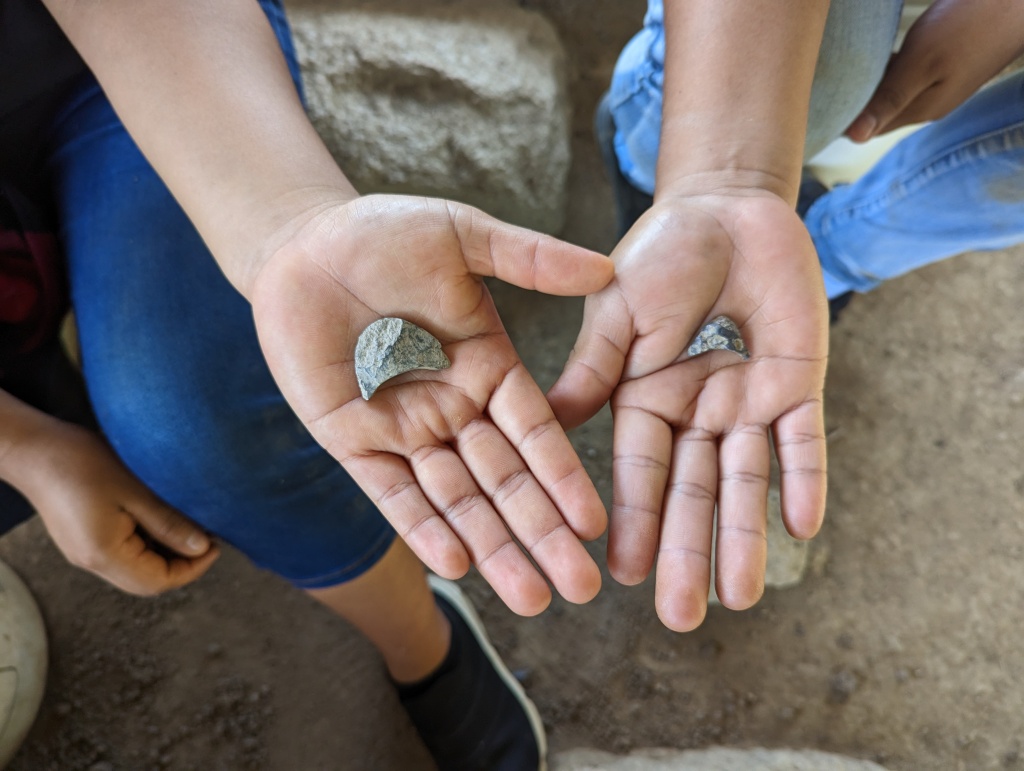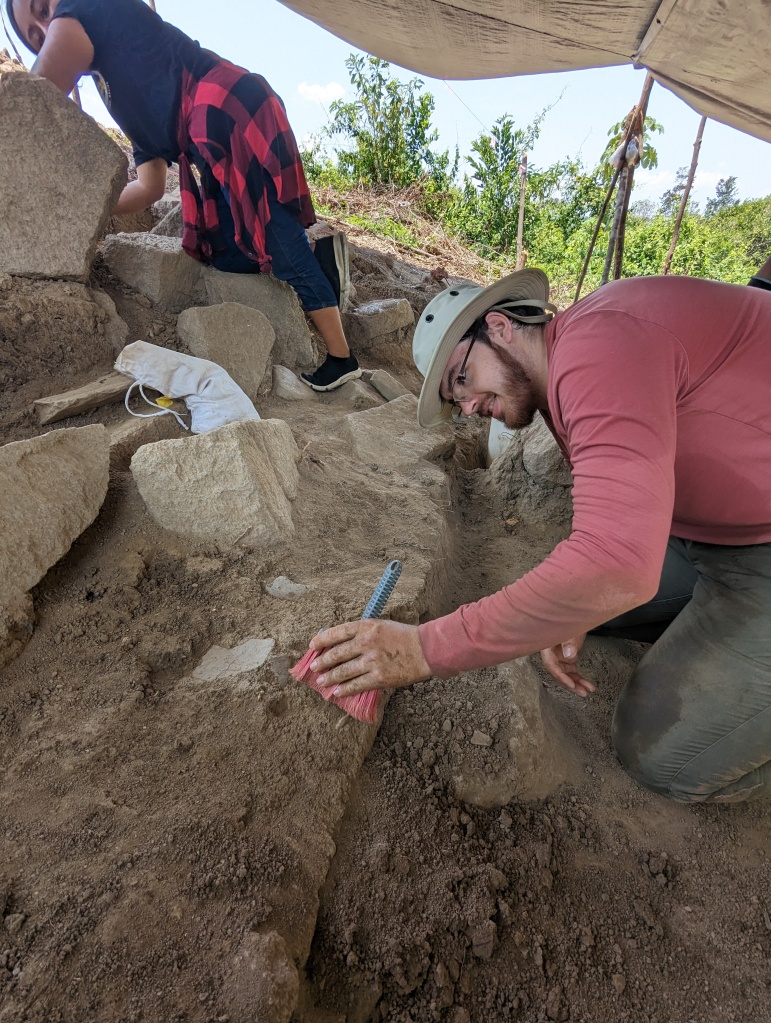While this season’s second and third blog posts focused on “Lasts” and “Firsts,” this post, by Ph.D. Candidate Matt Longstaffe, is all about “Transitions” or “Shifting Gears.” Enjoy!
After a few hours of bouncing along an old logging road and saying my goodbyes to Yaxnohcah, the truck turns onto the paved road travelled by most people who visit the Calakmul Biosphere Reserve. This nature preserve – today one of the largest protected sub-perennial rainforests in the world (7,231 km2, or 14% of the Mexican state of Campeche) – is home to numerous Maya towns and cities, including its namesake, the archaeological site of Calakmul. This city was home to the infamous Kaanul dynasty, or “snake dynasty,” one of the major political players of the Maya world during the Classic period (AD 250-800). The city and its surrounding regions were among the most densely populated areas of the Maya lowlands. Passing through the biosphere, this is readily apparent: at every turn, the landscape is dotted with house mounds and house groups (small, large, and enormous), temples, marketplaces, plazas, ancient roadways, reservoirs, fields, terraces, and so much more.
Before joining SCRAP for the 2023 field season, I was undertaking archaeological research at Yaxnohcah, located about 20 km southeast of the site center of Calakmul, just one of the many cities in the biosphere. Since beginning my Ph.D. (with a hiatus during COVID-19 travel restrictions), I have split my time between Yaxnohcah and Alabama, as both sites are essential for my dissertation research (you can read about this in my field post from last year). So, after a few weeks in the Yaxnohcah camp and some well-earned days of rest in the bank, I arrive in Belize to join the SCRAP crew.
For many reasons, shifting gears takes work.
First, the archaeology is vastly different. Alabama was a small town near the eastern edge of the ancestral Maya world. At the same time, Yaxnohcah was a large, sprawling city in a densely populated landscape. The environments are vastly different, which creates an extraordinary array of choices and strategies. As archaeologists, we observe this in the ways people made their livelihoods. For instance, we know that the Alabama Maya made their house platforms out of clay faced with granite blocks; at Yaxnohcah, in contrast, house platforms were typically made of limestone cobbles and boulders and faced with cut limestone blocks. Obsidian, a material that we find quite a lot of at Alabama, is rare at Yaxnohcah. This may speak to differences in access to this imported material between these two sites (or perhaps the preferences of the people who lived in these settlements).
There are differences between and within Belize and Mexico along various cultural, linguistic, historical, political, and social lines. As a native English speaker (and a relatively novice Spanish speaker), communication becomes more straightforward once I am in Belize. That said, just as listening and communicating in Spanish when doing fieldwork in Mexico is an enriching experience, one of my favourite things about researching at Alabama is learning and working with members of the adjacent community, Maya Mopan. Every day, I hear and, from time to time, learn a little Mopan, and about the histories and interests of our Maya Mopan team members.
Finally, although the process of conducting archaeology is essentially the same regardless of where you are working – excavating, record keeping, cataloging artifacts, analyses, and report writing – archaeological projects with different histories, people, goals, and research objectives will operate in slightly different ways.
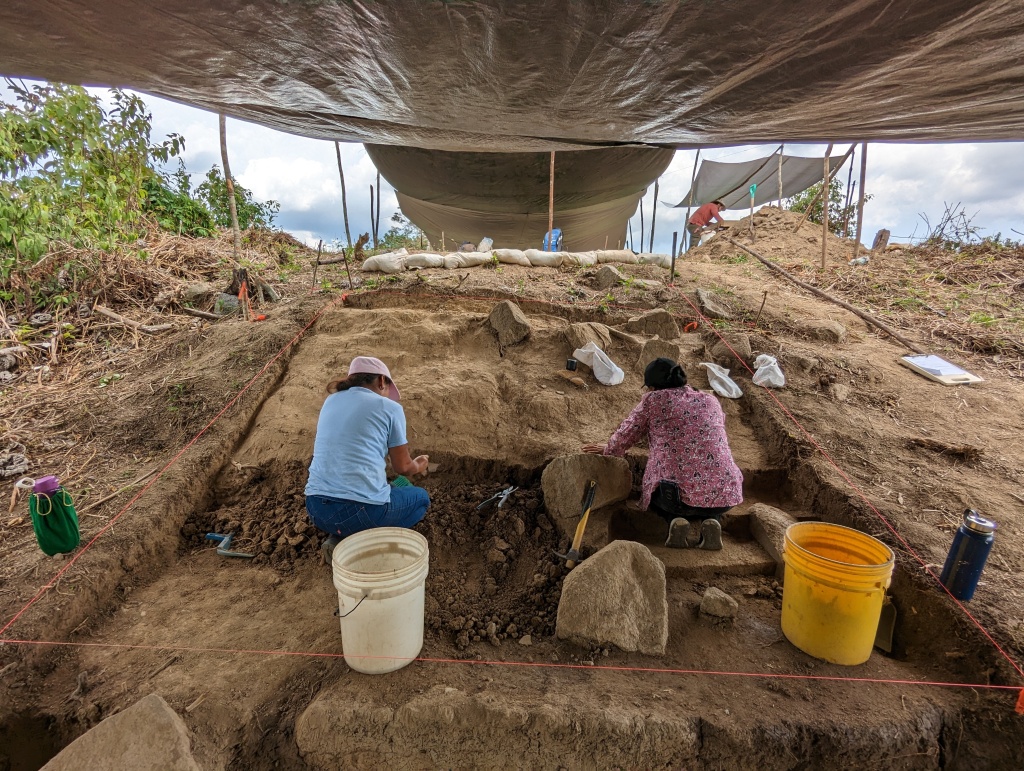
Now firmly settled into Belize, the backfill from last year’s excavations units has been removed, and I am back into the swing of things. Excavation has begun, artifacts have begun to be processed, and with each passing day, we are learning more and more about people who lived at ancient Alabama and building new relationships along the way.
Shifting gears is challenging, but in the end, having new experiences and gaining additional perspectives make it all worth it.

